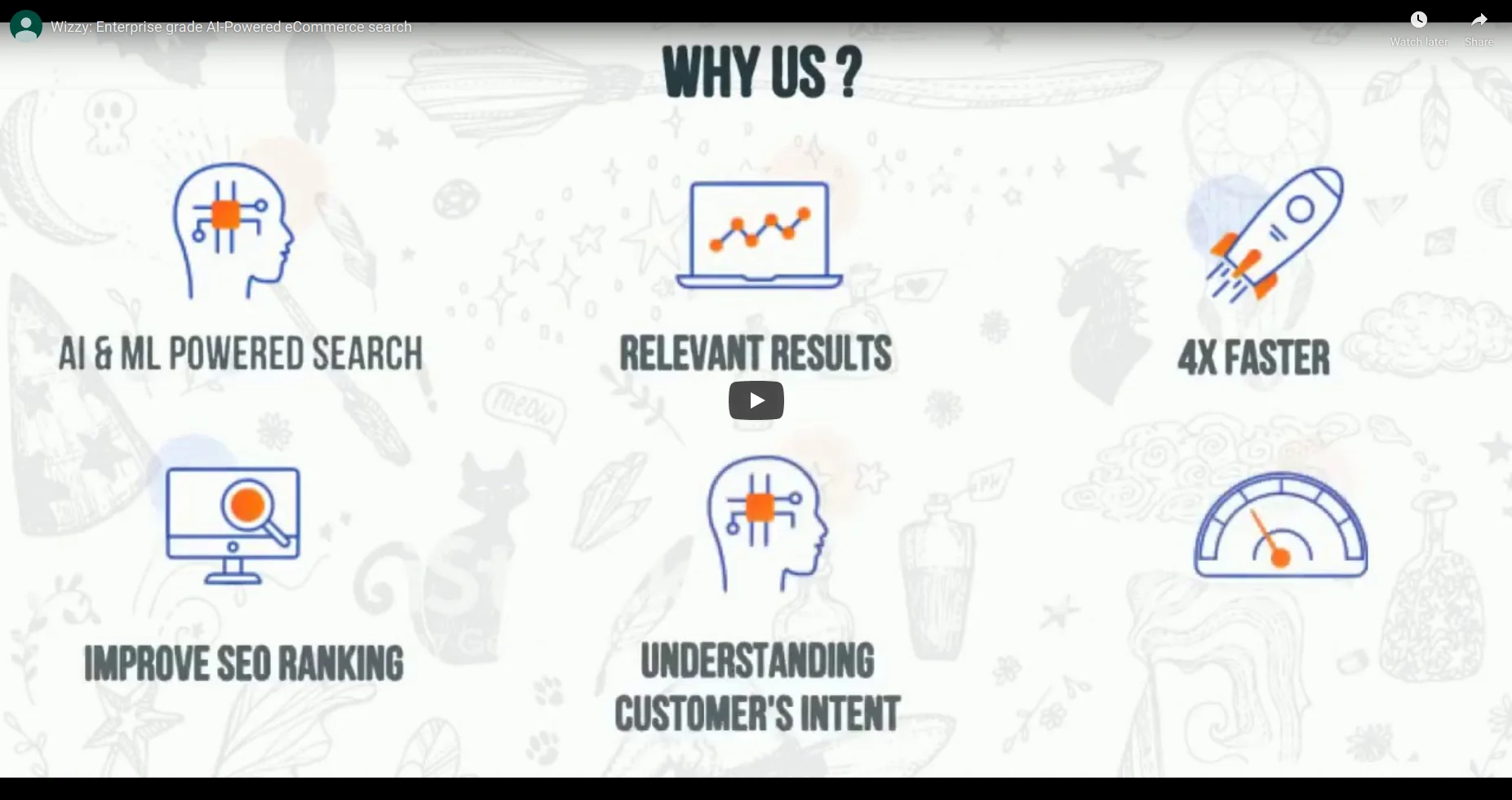Understanding consumer behaviour and market trends is essential for success in the fast-paced world of e-commerce. Web store analytics are useful in this situation. The term ‘web store analytics’ implies the process of gathering, evaluating, and analysing data about the performance of online stores.
Web store analytics give firms a wide range of information, from monitoring sales conversions and product popularity to tracking website traffic and visitor profiles. Through the utilisation of these data-driven insights, enterprises can maintain their competitiveness.
Here will explore the significance of tracking web store analytics and how it helps companies make wise decisions, maximise their marketing efforts, and improve overall output. Come along as we discuss the various advantages and approaches of using web store analytics to optimise e-commerce success.
Why Monitoring Web Store Analytics Important
- Understanding Customer Behavior
Keeping an eye on web store analytics is essential to comprehending consumer behaviour. Two major elements of this are as follows:
- Tracking Website Traffic and Visitor Demographics
Businesses can learn more about the origins of website traffic as well as the demographics of visitors by examining web store analytics. Recognising the source of traffic as well as the traits of visitors facilitates the customisation of marketing tactics and the enhancement of the user experience to suit the interests of the intended audience.
- Analyzing User Engagement and Interaction
Web store analytics offer useful information about website interaction and user engagement. Metrics like time spent on a page, bounce rate, and click-through rates provide information about how users are interacting with the website. Businesses can utilise this data to figure out areas for development, improve content and product offers, and raise customer satisfaction levels, all of which will increase conversion rates and earnings.
- Optimizing Conversion Rates
Any e-commerce business wants to increase conversion rates, and web store analytics are essential to reaching this goal. There are two primary strategies for maximising conversion rates:
- Identifying Conversion Funnel Bottlenecks
Businesses can find any bottlenecks in the conversion funnel such as the path a visitor takes from their first interaction to completing an action they want to take, like making a purchase. Businesses can make specific modifications to optimise the conversion process and improve user experience by identifying areas where customers become disengaged and meet obstacles.
- A/B Testing and Performance Optimization
Testing several iterations of components like call-to-action buttons, product descriptions, pricing schemes, and website layouts through A/B testing is an essential part of conversion rate optimisation. Businesses can use web store analytics to make data-driven decisions about how best to optimise features that result in higher conversion rates.
These analytics provide useful information about how these variations function. Over time, conversion rates can be greatly increased through ongoing testing and optimisation based on analytics insights, which will increase revenue and optimise the efficiency of marketing initiatives.
- Improving Product Performance
Optimising product performance is crucial to increasing sales and customer pleasure. There are two main approaches to enhancing product performance:
- Monitoring Product Page Views and Click-Through Rates
Businesses can monitor data like product page visits and click-through rates (CTRs) with the help of web store analytics. Businesses can learn more about which products catch visitors’ attention and how well product pages encourage consumers to explore more or make a purchase. Businesses can identify underperforming commodities and areas for improvement in product presentation and message by keeping an eye on these data.
- Analyzing Sales Data and Popular Products
Companies can spot patterns by examining sales data, such as seasonal variations or changing consumer preferences for particular products. Businesses may effectively manage resources, prioritise inventory, and modify price strategies to capitalise on high-demand commodities by knowing which products are the most popular. Furthermore, by identifying chances for related product cross-selling or upselling, firms can increase average order value and overall revenue through the analysis of sales data.
- Enhancing Marketing Strategies
Enhancing marketing tactics is essential for increasing an online store’s traffic, engagement, and conversion rates. There are two essential methods for improving marketing strategies:
- Evaluating the Effectiveness of Marketing Campaigns
Businesses may effectively evaluate the effectiveness of their marketing activities with the help of web shop analytics. Through the monitoring of KPIs like click-through rates, conversion rates, and return on investment (ROI), companies can ascertain which of their efforts are most effective in producing the desired results. Businesses may deploy resources more wisely with this data-driven strategy, concentrating on the channels and strategies that generate the best returns and optimising underperforming campaigns.
- Refining Targeting and Segmentation
Targeted marketing campaigns are made easier with the use of web store analytics, which offer insights into consumer behaviour and preferences. Firms can improve their targeting and segmentation tactics to reach the most relevant audience segments with personalised content and offers by examining demographic data, browsing patterns, and purchase history.
Targeting and segmenting more effectively and relevantly boosts marketing initiatives’ relevance and effectiveness, increasing engagement and conversion rates while reducing unnecessary expenditures on unnecessary groups.
- Identifying Technical Issues
Maintaining client satisfaction and offering a seamless user experience require an online store to operate smoothly. There are two main methods for determining technical problems:
- Monitoring Website Performance and Loading Times
Businesses can monitor website performance parameters including page load times, server response times, and overall website speed with the help of web shop analytics. Companies can detect performance bottlenecks and technical problems that could impact user experience and result in higher bounce rates by routinely tracking these indicators. Quickly resolving problems with slow loading speeds and poor website operation keeps users interested.
- Addressing Compatibility and Accessibility Concerns
Web store analytics can help provide insight into issues with accessibility and compatibility for various browsers, devices, and user groups. Through the examination of device usage, browser kinds, and accessibility features, companies may pinpoint any technological barriers that can hinder specific users from efficiently accessing websites. Resolving compatibility and accessibility issues makes the e-commerce site more user-friendly and accessible to a wider audience, which eventually boosts conversions and increases customer satisfaction.
- Making Informed Business Decisions
Making wise company decisions that promote growth and success requires utilising data’s possibilities. There are two main approaches to applying data-driven insights:
- Utilizing Data-Driven Insights for Strategic Planning
Analytics from web stores offer insightful information about consumer behaviour, industry trends, and performance indicators. Businesses may decide wisely on product development, marketing tactics, and budget allocation by evaluating this data. Leveraging data-driven insights enables organisations to connect their strategies with broader goals and objectives, thereby boosting competitiveness and profitability.
- Adapting to Market Trends and Consumer Preferences
The online market is always changing, with new customer preferences and trends appearing regularly. Web store analytics track changes in consumer behaviour and market dynamics in real-time, enabling companies to remain flexible and adaptable. Businesses may modify their product offerings to be relevant and competitive by seeing trends early and grasping changing consumer preferences.
In addition to encouraging client loyalty, this proactive approach to adaptation puts companies in a strong position for long-term growth and flexibility in the face of shifting market conditions.
- Ensuring Data Security and Privacy
Upholding regulatory compliance and fostering trust depend heavily on safeguarding the integrity and confidentiality of consumer data. To guarantee data security and privacy, two essential steps are as follows:
- Implementing Secure Analytics Solutions
To protect sensitive data gathered by online store analytics, businesses should give priority to implementing secure analytics systems. To avoid unauthorised access or data breaches, it is necessary to use strong encryption techniques, access controls, and authentication procedures. Businesses can lessen the chance of data theft or unauthorised disclosure by using secure analytics platforms and procedures, protecting their brand’s reputation and client base.
- Compliance with Data Protection Regulations
Maintaining legal compliance and defending the privacy rights of customers depend on strict adherence to data protection laws, the General Data Protection Regulation (GDPR). Companies need to make sure that their online store analytics procedures abide by applicable data protection rules.
This can be achieved by setting data retention policies, getting explicit approval before collecting data, and giving users a way to claim their right to control their personal information. Firms may show their dedication to protecting consumer privacy and reduce the danger of fines or legal consequences from non-compliance by making compliance with data protection laws a top priority.
Conclusion
The importance of monitoring web store analytics cannot be overstated. In the constantly shifting environment of e-commerce, companies may improve overall performance and make well-informed decisions by prioritising ongoing monitoring and analysis.



